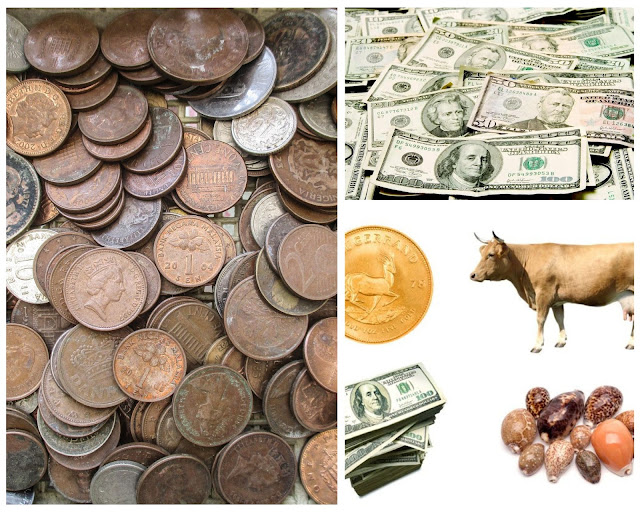What is Cash?
Strangely, cash frequently has no natural worth. All things considered, cash is an item that has a worth put on it, which takes into consideration the exchange of labor and products. Some cash, like metal coins, has genuine worth as far as the materials utilized. Be that as it may, paper cash is more normal in the advanced world and regularly has no genuine worth. All through the development of cash, money has taken a few unique structures.
When Was Cash Imagined?
Before cash was imagined, individuals bargained for labor and products. It was only after around quite a while back that the Mesopotamian public made the shekel, which is viewed as the primary known type of money. Gold and silver coins date back to around 650 to 600 B.C. at the point when stepped coins were utilized to pay armed forces. Some proof recommends that metal coins might be just about as old as 1250 B.C.
What Was Utilized Before Cash Was Designed?
At the point when there was no cash, individuals exchanged labor and products for what they required. One rancher could exchange animals for vegetables, while another may exchange work or wood for animals. These exchanges were the early structural blocks of our advanced economy and would proceed to make the eventual fate of cash the world knows today.
First Authority Cash Is Stamped
In the meantime, further west during this period, the 6th century BCE Greek writer Xenophanes, cited by the antiquarian Herodotus, credited the creation of metal money to the Lydians. In 600 BCE, Lydia's Above all else Alyattes stamped what is accepted to be the principal official cash, the Lydian stater. The coins were produced using electrum, a combination of silver and gold that happens normally, and the coins were stepped with pictures that went about as categories. In the roads of Sardis, in roughly 600 BCE, an earth container could cost both owls and a snake. Lydia's cash assisted the country with expanding two its inward and outer exchanging frameworks, making it quite possibly the most extravagant realm in Asia Minor. Today, when somebody says, "as rich as Croesus", they are alluding to the last Lydian lord who stamped the primary gold coin.
Change to Paper Money
During 1260 CE, the Yuan line of China moved from coins to paper cash. When Marco Polo — the Venetian shipper, wayfarer, and essayist who went through Asia along the Silk Street somewhere in the range of 1271 and 1295 CE — visited China in roughly 1271 CE, the head of China had a decent handle on both the cash supply and its different sections. As a matter of fact, where current American bills say, "In God We Trust," the Chinese engraving around then cautioned: "The people who are forging will be executed." Portions of Europe were all the while involving metal coins as their only type of money until the sixteenth 100 years. Provincial acquisitions of new regions through European success gave new wellsprings of valuable metals and empowered European countries to continue to mint a more prominent amount of coins.Be that as it may, banks in the long run began involving paper banknotes for contributors and borrowers to heft around instead of metal coins. These notes could be counted on out of the blue and traded for their assumed worth in metal — typically silver or gold — coins. This paper cash could be utilized to purchase labor and products. Along these lines, it worked similarly to cash does today in the advanced world. In any case, it was given by banks and confidential organizations, not the public authority, which is currently liable for giving cash in many nations. The principal paper money gave by European legislatures was really given by their pioneer state-run administrations in North America. Since shipments among Europe and the North American states consumed a large chunk of the day, settlements frequently wound up between a rock and a hard place financially. Rather than returning to a bargain framework, the pilgrim legislatures gave IOUs that were exchanged as money. The principal case was in Canada (then, at that point, a French province). In 1685, warriors were given playing a game of cards designated and endorsed by the lead representative to use as money rather than coins from France.
Portable Installments
The 21st century has led to two novel types of money: versatile installments and virtual cash. Versatile installments are cash delivered for an item or administration through a compact electronic gadget, like a cellphone, cell phone, or tablet gadget. Portable installment innovation can likewise be utilized to send cash to companions or relatives. Progressively, administrations like Apple Pay and Google Pay are competing for retailers to acknowledge their foundation for retail location installments.
When and Where Did Coin making Start?
The world's most established known, safely dated coin
stamping site was situated at Guanzhuang in the Henan Area of China, which
started striking spade coins at some point around 640 BCE, reasonable the
principal normalized metal money.



0 Comments